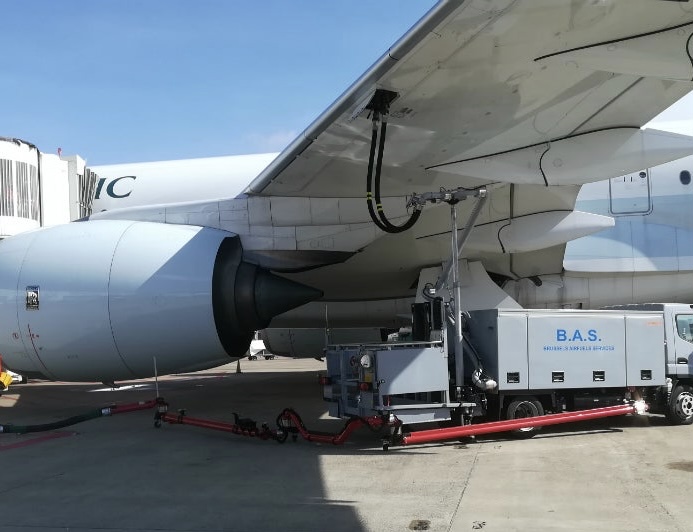Global jet fuel demand is softening as consumer spending tightens, raising concerns about the impact on oil prices in the coming months. The slowdown, driven by reduced travel budgets, has added to broader worries about global oil demand, which has already fallen short of expectations in key markets like the United States and China.
Jet Fuel Demand Under Pressure
Jet fuel, which accounts for approximately 7% of global oil consumption, was initially expected to be a key growth driver for the energy sector in 2024. However, demand has not met projections. According to Goldman Sachs, global jet fuel consumption averaged about 7.49 million barrels per day (bpd) through July 2024, an increase of nearly 500,000 bpd compared to the same period last year. Despite this growth, the current demand trajectory may not reach the bank’s annual forecast of a 600,000 bpd increase.
This slowdown has been particularly evident in the United States, where major airlines and travel companies have reported weaker-than-expected consumer spending, reflecting the broader economic challenges. U.S. jet fuel demand, which saw a post-pandemic peak of 1.95 million bpd, recently dropped to 1.6 million bpd, according to the Energy Information Administration (EIA).
The International Energy Agency (IEA) echoed these concerns, noting that the cooling economy is likely to weigh on air travel demand, traditionally a strong driver of jet fuel consumption.
Economic and Structural Challenges
Beyond the immediate economic pressures, several longer-term factors are also contributing to the decline in jet fuel demand. One significant issue is the ongoing shift in consumer preferences, with a trend towards shorter, domestic flights rather than long-haul international travel. This change in behavior has reduced the overall fuel consumption per passenger mile.
Additionally, advancements in aircraft technology have led to improved fuel efficiency, enabling airlines to transport more passengers while burning less fuel. For example, the average fuel economy of U.S. commercial carriers increased to 65.5 seat miles per gallon in 2023, up from 64.9 in 2019. These efficiency gains, while beneficial for airlines, have contributed to the dampening of jet fuel demand.
Geopolitical factors are also playing a role. Years of trade tensions between the U.S. and China have sharply reduced air traffic between the two countries. International travel from Russia has also plummeted by 40% compared to 2019 levels, primarily due to border closures following the invasion of Ukraine. If air travel on these routes had grown in line with other global travel trends, jet fuel demand could have been around 80,000 bpd higher, according to Goldman Sachs analysts.
Future Outlook for Jet Fuel and Oil Prices
The combination of immediate economic pressures and longer-term structural changes has led to a more cautious outlook for jet fuel demand. Analysts at Bank of America have expressed concerns that weakening economic activity could exacerbate the ongoing slowdown in global trade, further reducing demand for air freight and, by extension, jet fuel.
This week, the Organization of the Petroleum Exporting Countries (OPEC) revised its 2024 oil demand forecast downward for the first time since July 2023, citing weaker-than-expected economic growth in China and other major markets. The IEA also trimmed its 2025 estimate, underscoring the uncertain outlook for global oil consumption.
In response to these challenges, industry experts are closely monitoring the situation, with some suggesting that further adjustments to oil demand and price forecasts may be necessary. While jet fuel demand is still expected to grow, the pace may be slower than previously anticipated, reflecting both economic headwinds and structural shifts within the aviation industry.
Source: Reuters



